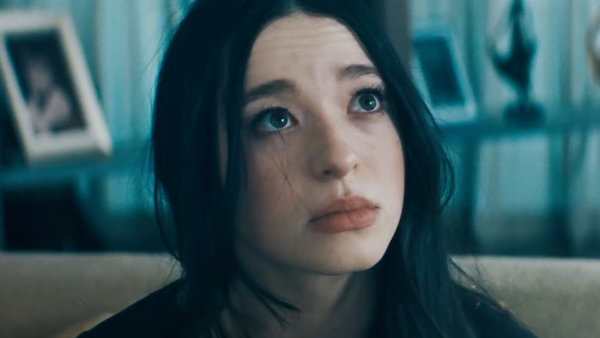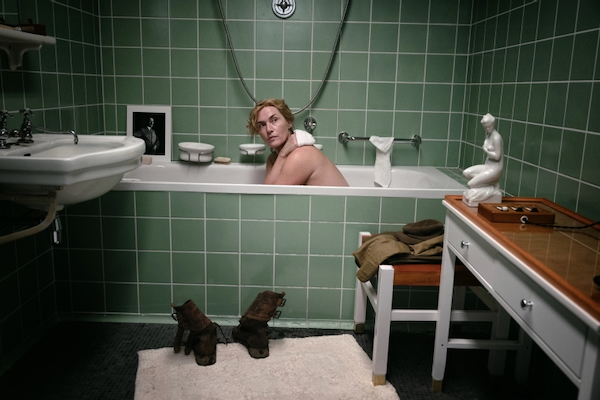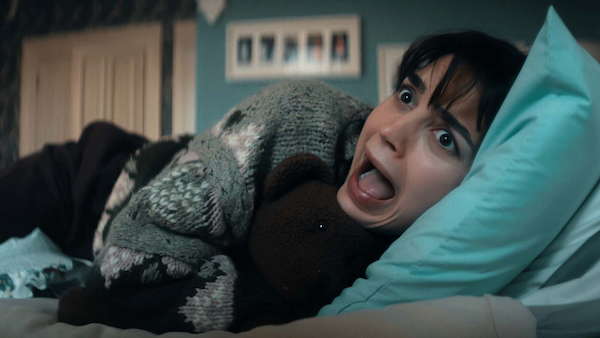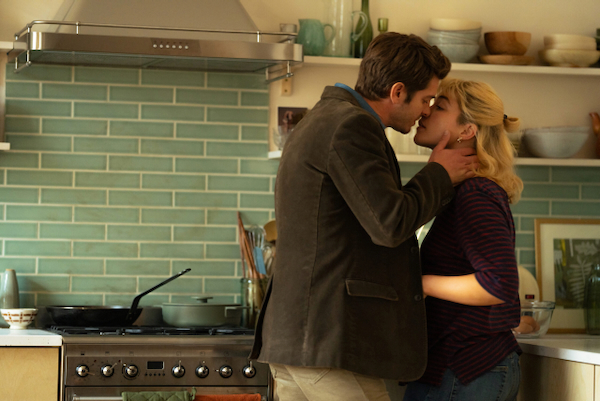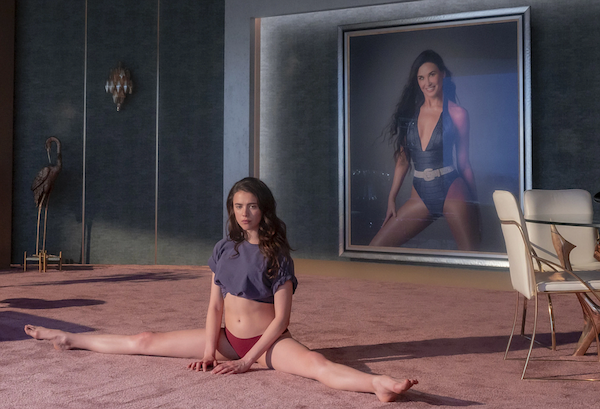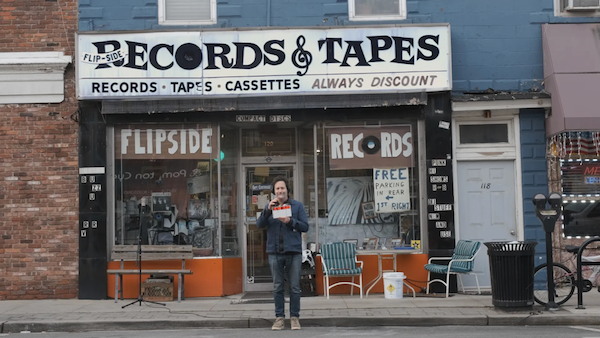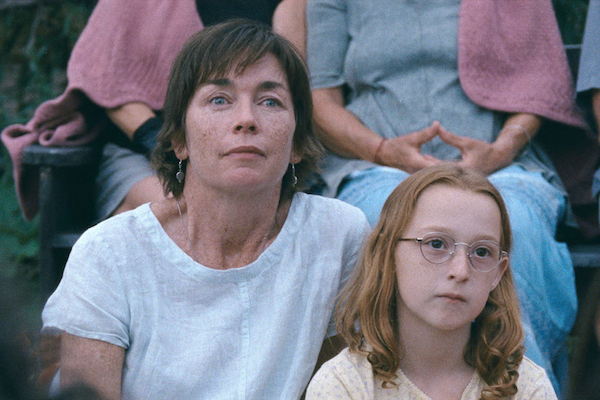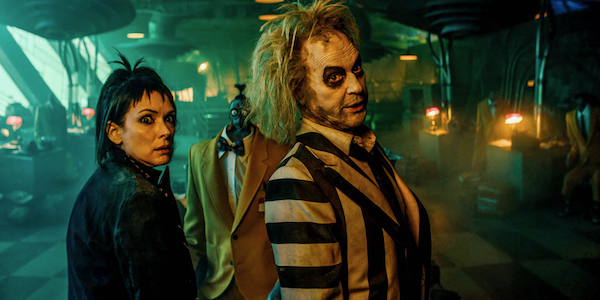Movie review by Greg Carlson
Sean Baker’s Palme d’Or winner “Anora” is one of the year’s best. Fans of the formidable filmmaker might not claim that the beautifully crafted melodrama, which can turn on a dime between outrageous comic farce and heartbreaking humanist plea, is necessarily a better movie than “The Florida Project,” but “Anora” is of a piece with the grand thematic arc of Baker’s filmography. Memorably, the director dedicated the Cannes honor to “all sex workers, past, present, and future,” a reminder of his ongoing commitment to marginalized people whose lives on the fine edge of security and safety are every bit as worthy of love and compassion as the masses sleepwalking through “respectable” careers.
Like a funhouse Bresson, Baker also continues his tradition of unlocking transcendent, breakout performances from less-established actors. Title character Anora “Ani” Mikheeva, brought to life by Mikey Madison in an award-worthy tour-de-force, tumbles out of the screen as a classic Baker heroine. Like an industrious, supercharged vampire princess, she crashes in the Russian-speaking Brighton Beach neighborhood of Brooklyn by day in order to prepare for wild nights as a stripper at NYC’s HQ club, where charmed, drooling clients are happily parted from their cash. One fateful evening, Ani meets Ivan Zakharov (Mark Eydelshteyn), the feckless and horny scion of a Russian oligarch.
Not unlike the hidden-in-plain-sight markers that smoothly integrated political commentary in “Red Rocket,” Ivan’s privilege, including pockets deep enough to secure Ani’s exclusive companionship, highlights the impossible gulf between the billionaire class and the rest of us. Baker’s enviable filmmaking skills invite viewers to pay close attention to the deceptive simplicity of the blossoming “romance” (such as it is) between Ani and Ivan. Transactional clear-headedness is fundamental to success in Ani’s occupation, a reality that Baker deploys as a motif. We can see that Ani’s willingness to go along with Ivan’s whims, including a trip to Vegas to tie the knot, comes from business savvy more than true love.
When word of Ivan’s nuptials gets back to his parents, “Anora” pivots to a fresh set of concerns that upend both viewer expectations and genre conventions. A number of prominent voices (starting with the Cannes jury) have name-checked the influence of heavyweight Hollywood Golden Age screwball champs like Preston Sturges, Gregory La Cava, Ernst Lubitsch, and Howard Hawks. And while the rules of decorum and the self-regulated censorship of the 1930s and 1940s curtailed the degree of the explicit and the profane that could end up on screen, it is not so hard to imagine “Anora” as a post-modern spin upon, or perhaps inversion of, Stanley Cavell’s conception of the comedy of remarriage.
Seemingly in way over her head once the toughs employed by Ivan’s father show up to orchestrate an annulment, Ani must be quicker than she has ever been to find a way out of the increasingly tense situation. Baker shows remarkable skill with tone, juggling sticks of dynamite that rotate glass-shattering slapstick with nerve-wracking anxiety, especially with respect to Ani’s personal well-being. And then, once we think that Baker has ignited every last bit of flash paper hidden up his sleeve, “Anora” ends with a scene of jaw-dropping emotional intensity that pays off every second of the preceding odyssey.
